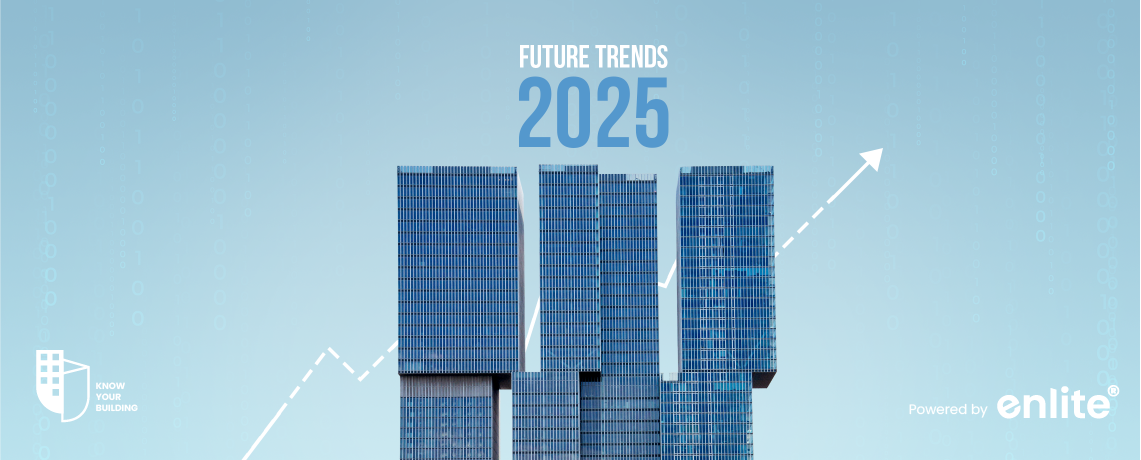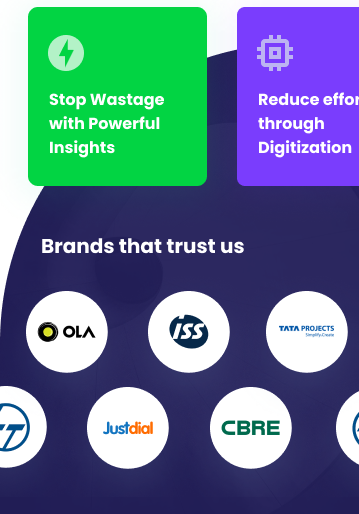As technology advances, the landscape of building automation is evolving rapidly. With the integration of artificial intelligence (AI), the Internet of Things (IoT), and cloud-native solutions, building management systems (BMS) are becoming more intelligent, efficient, and sustainable. As we step into 2025, here are the key trends shaping the future of building automation.
Cloud-Native Wireless BMS
One of the most significant advancements in building automation is the shift towards cloud-native wireless BMS. Traditional wired systems are being replaced by wireless solutions that offer scalability, cost-effectiveness, and real-time data accessibility. These systems enhance remote monitoring and predictive maintenance while reducing installation and operational costs.
AI-Powered Energy Management
Artificial intelligence is transforming energy management in buildings. AI-driven predictive analytics and machine learning algorithms help optimize energy usage by analyzing consumption patterns, adjusting HVAC systems dynamically, and predicting maintenance needs. AI-powered BMS can reduce energy costs and carbon footprints while improving occupant comfort.
IoT-Enabled Smart Buildings
The Internet of Things (IoT) continues to play a crucial role in building automation. IoT sensors and connected devices provide real-time data on occupancy, temperature, humidity, and air quality. This data allows automated adjustments, ensuring better efficiency, security, and sustainability. IoT-based smart buildings also improve asset management and reduce downtime by enabling real-time condition monitoring.
Digital Twin Technology
Digital twin technology is revolutionizing facility management. By creating a virtual replica of a building, facility managers can simulate different scenarios, monitor performance in real time, and optimize operations. Digital twins enhance predictive maintenance and allow for better space utilization and energy efficiency.
Sustainability and Net-Zero Buildings
With increasing concerns about climate change, sustainability is a top priority. Smart building automation is focusing on net-zero energy buildings (NZEBs), which generate as much energy as they consume. Automation systems integrate renewable energy sources, optimize HVAC efficiency, and employ smart lighting controls to reduce carbon footprints.
Cybersecurity in Building Automation
As automation relies more on digital solutions, cybersecurity is becoming a critical focus. With the rise of cloud-based and IoT-enabled BMS, the risk of cyber threats is increasing. Implementing strong encryption, multi-factor authentication, and continuous security monitoring will be crucial for protecting sensitive building data.
Edge Computing for Faster Processing
Edge computing is gaining traction in building automation by processing data closer to the source, reducing latency and bandwidth usage. This trend allows for faster decision-making and real-time control of building systems without relying heavily on centralized cloud processing.
Human-Centric Smart Spaces
The future of building automation is not just about energy efficiency but also about enhancing occupant well-being. Smart buildings are integrating adaptive lighting, air quality control, and personalized workspace settings to improve employee productivity and overall comfort.
Looking Ahead
The building automation industry is undergoing a digital transformation, making buildings smarter, more sustainable, and highly efficient. With cloud-native wireless BMS, AI-driven energy optimization, IoT-enabled devices, and a focus on cybersecurity, the future of building automation in 2025 promises innovation and enhanced operational efficiency. Businesses and facility managers must embrace these trends to stay ahead in an evolving landscape.
Are you ready to transform your building into a smart, efficient, and future-ready space? Contact us today to explore cutting-edge building automation solutions!














